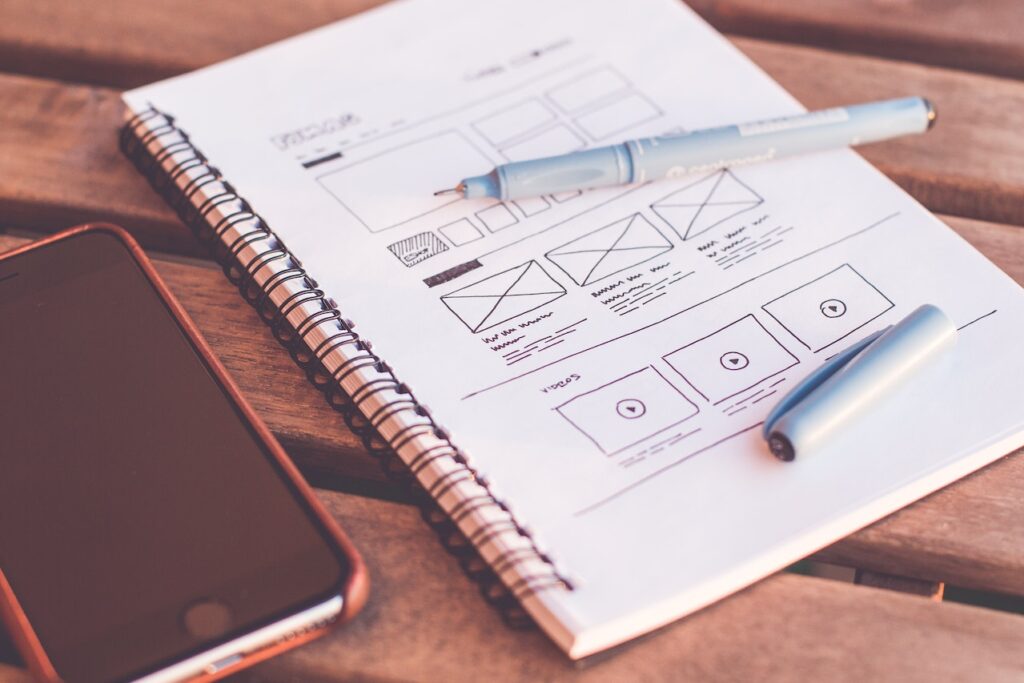
Your brand identity is the essence of your business, encapsulating its values, personality, and unique attributes. It’s the foundation upon which your entire visual presence is built. From your logo to your website and various marketing materials, maintaining a consistent brand identity is crucial for establishing recognition and building trust with your audience. In this article, we will explore the importance of unifying your brand identity in design, particularly when transitioning from a logo to a banner.
Establishing a Strong Brand Identity
Before delving into the design aspects, it’s important to establish a strong brand identity. This involves understanding your target audience, clarifying your brand values, and defining your brand voice. Take the time to research your market, competitors, and target customers to ensure that your brand identity resonates with your intended audience.
The Role of the Logo
Your logo is the visual representation of your brand and serves as a foundational element for all design efforts. It should be simple, memorable, and aligned with your brand’s personality. When designing a logo, consider factors such as color, typography, and imagery that accurately convey your brand’s identity.
Extending the Brand Identity to Banners
Banners are powerful marketing tools that can effectively communicate your brand’s message and capture attention. To ensure consistency across various platforms and marketing materials, it’s essential to extend your brand identity from your logo to your banner designs. Here are some key considerations:
a. Color Palette: Utilize the colors from your logo and brand identity guidelines to maintain consistency. Select colors that evoke the desired emotions and align with your brand’s personality. Incorporate these colors into your banner design to create visual harmony.
b. Typography: Choose fonts that complement your logo and reflect your brand’s tone. Consistency in typography helps establish a cohesive visual identity. Consider using different font weights or styles to create hierarchy and emphasis in your banner designs.
c. Imagery and Visual Style: Select imagery that aligns with your brand’s identity and resonates with your target audience. Whether it’s photographs, illustrations, or graphics, ensure that the visual style remains consistent with your overall brand image. This helps create a cohesive visual language and reinforces brand recognition.
d. Messaging: Craft banner messages that align with your brand’s voice and convey your unique selling propositions. Consistency in messaging helps reinforce your brand identity and values, while also making it easier for your audience to recognize and remember your brand.
Designing for Different Platforms
When creating banners, consider the specific platforms and contexts in which they will be displayed. The design requirements for a website banner may differ from those for social media platforms or print materials. Adapt your designs to suit the dimensions and limitations of each platform while ensuring that your brand identity remains consistent across all channels.
Testing and Iteration
Consistency is key, but it’s also essential to test and iterate your banner designs to optimize their effectiveness. Conduct A/B testing to compare different designs and messaging strategies. Analyze user engagement and conversion rates to identify areas for improvement and make adjustments accordingly.
Monitoring and Maintaining Consistency
Consistency is not a one-time effort; it requires ongoing monitoring and maintenance. Regularly review your brand identity guidelines and ensure that all new banners and designs adhere to them. Train your team members on the importance of maintaining brand consistency, providing them with the necessary resources and guidelines.
Unifying your brand identity in design is crucial for establishing recognition and building a strong brand presence. From your logo to your banners, maintaining consistency in color, typography, imagery, and messaging helps create a cohesive visual identity that resonates with your audience. By extending your brand identity from the logo to banners and other design materials, you establish a unified brand image that builds trust, fosters recognition and strengthens your overall brand positioning.